Invisible particles that fight cancer cells, faster microprocessors that consume less energy, batteries that last 10 times longer, or solar panels that produce twice as much energy… These are just a few of the nanotechnology application areas. Nanotechnology and its microscopic universe offer enormous possibilities for contemporary science and industry. The nanotechnology field, which developed between the 60s and 80s, has developed rapidly in the last two decades and will be worth more than $125,000 million in the next five years. So, what is nanotechnology and where is it used? Which countries are the leading countries in nanotechnology studies in the world? All the curious about nanotechnology are here.
What is Nanoscience and Nanotechnology 💡
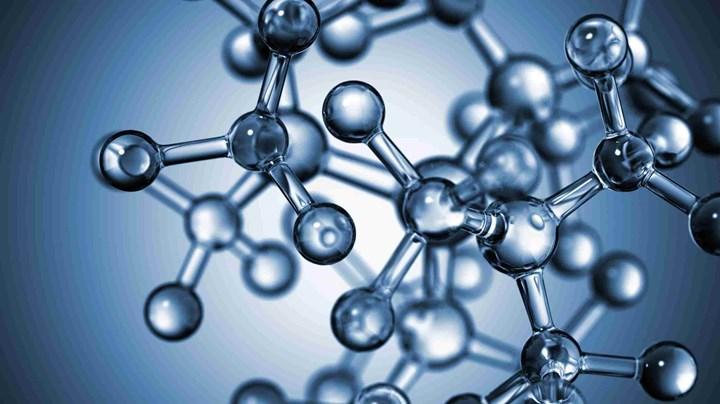 What is nanotechnology briefly; Nanotechnology is science, engineering and technology carried out at the nanoscale, which is about 1 – 100 nanometers. Nanoscience and nanotechnology is the study and application of extremely small things; It can be used in all fields of science such as chemistry, biology, physics, materials science and engineering.
What is nanotechnology briefly; Nanotechnology is science, engineering and technology carried out at the nanoscale, which is about 1 – 100 nanometers. Nanoscience and nanotechnology is the study and application of extremely small things; It can be used in all fields of science such as chemistry, biology, physics, materials science and engineering.The ideas and concepts behind nanoscience and nanotechnology were first put forward by physicist Richard Feyman in 1959. He can be called the father of nanotechnology. In a talk at the California Institute of Technology, Feyman describes a process by which scientists can manipulate and control individual atoms and molecules. More than 10 years later, Professor Norio Taniguchi coined the term nanotechnology in his research for ultra-accurate machining. Modern nanotechnology begins in 1981 with the development of the scanning tunneling microscope that can see individual atoms.
By the way, what is atom, molecule, molecular biology? Let’s talk briefly:
- What is an atom? An atom is a particle consisting of a nucleus of protons and neutrons surrounded by a cloud of electrons. Atom is the fundamental particle of chemical elements, and chemical elements are distinguished from each other by the number of protons present in their atoms.
- What is a molecule? A molecule is a group of two or more atoms held together by attractive forces known as chemical bonds.
- What is molecular biology? Molecular biology is a branch of biology that seeks to understand the molecular basis of biological activity in and between cells, including biomolecular synthesis, modification, mechanisms and interactions. The study of the chemical and physical structures of biological macromolecules is known as molecular biology.
It’s hard to imagine how small nanotechnology is. A nanometer is one billionth of a metre, or 9/10ths of a metre. For example; A sheet of newspaper is about 100,000 nanometers thick. Nanoscience and nanotechnology have the power to see and control atoms and molecules. Everything on Earth, including the food we eat, the clothes we wear, the house we live in, our body, is made up of atoms. However, it is impossible to see something as small as an atom with the naked eye. The invention of microscopes, which allows seeing things at the nanoscale, dates back to the 1980s. The age of nanotechnology is dawning as scientists have the right tools, such as the scanning tunneling microscope and the atomic force microscope.
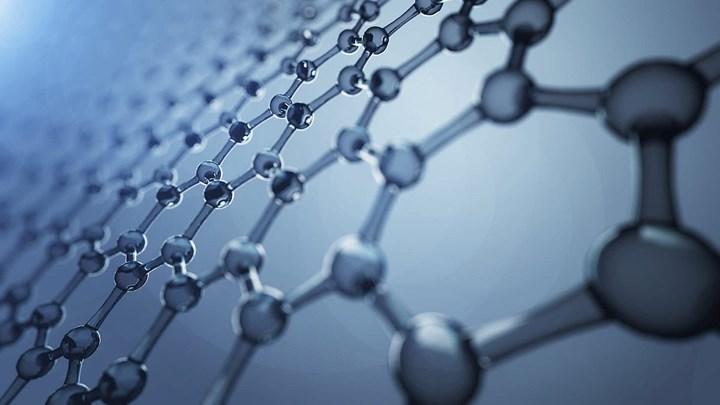 What are nanotechnological elements? Nanoparticles can contain carbon, such as fullerenes, as well as nanometer-scale versions of many other elements, such as gold, silicon, and titanium. Quantum dots, a type of nanoparticle, are semiconductors made of different elements, including cadmium and sulfur. Quantum dots have an unusual fluorescent property. Scientists and engineers have tried using quantum dots in everything from photovoltaic cells (used for solar energy) to fabric dye. There are four main types of nanomaterials: carbon-based, metal-based, dendrimers, and nanocomposites.
What are nanotechnological elements? Nanoparticles can contain carbon, such as fullerenes, as well as nanometer-scale versions of many other elements, such as gold, silicon, and titanium. Quantum dots, a type of nanoparticle, are semiconductors made of different elements, including cadmium and sulfur. Quantum dots have an unusual fluorescent property. Scientists and engineers have tried using quantum dots in everything from photovoltaic cells (used for solar energy) to fabric dye. There are four main types of nanomaterials: carbon-based, metal-based, dendrimers, and nanocomposites.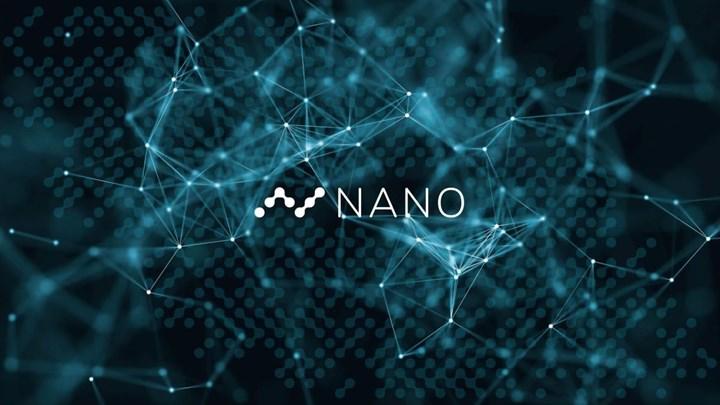 What is nano? Nano is a unit prefix that means one billionth. Used with the metric system, this prefix denotes a variable of 10-9 or billionths. The term nano is often encountered in science and electronics.
What is nano? Nano is a unit prefix that means one billionth. Used with the metric system, this prefix denotes a variable of 10-9 or billionths. The term nano is often encountered in science and electronics.What is nanomedicine? Nanomedicine, the medical application of nanotechnology. Nanomedicine ranges from medical applications of nanomaterials and biological devices to nanoelectronic biosensors and even possible future applications of molecular nanotechnology such as biological machines.
What is nanotechnology engineering? Nanoengineering is the field of engineering that focuses on the study, development and improvement of materials at a very small scale. It can be thought of as the practical application of nanoscience, similar to how mechanical engineering applies the principles of physics. A nanotechnology engineer seeks to learn new things that can change the face of health, science, technology and the environment at the molecular level. They test for contaminants, make powders to enrich our food and medicines, and examine the tiniest bits of DNA. They can even change cells, proteins, and other chemicals in the body.
Nanotechnology examples 🧐
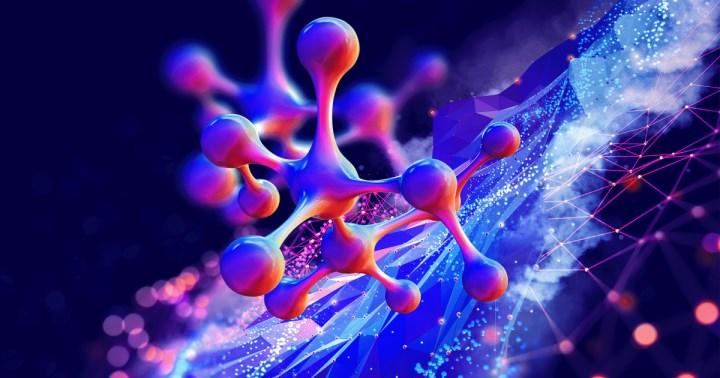 Nanotechnology is helping to significantly improve, even revolutionize, technology and industry sectors such as information technology, homeland security, medicine, transportation, energy, food security, environmental science and many more. Nanotechnology and nanomaterials can be applied in all kinds of industrial sectors. Many products are made using nanotechnology. So, where is nanotechnology used? Here are the nanotechnology products:
Nanotechnology is helping to significantly improve, even revolutionize, technology and industry sectors such as information technology, homeland security, medicine, transportation, energy, food security, environmental science and many more. Nanotechnology and nanomaterials can be applied in all kinds of industrial sectors. Many products are made using nanotechnology. So, where is nanotechnology used? Here are the nanotechnology products:1. Sunscreen ☀️
Zinc oxide and titanium dioxide, created in the lab and ground into ultrafine particles, are synthetic ingredients added to everyday sun protection products because they absorb highly UV light. Inorganic nanoparticles also absorb and scatter visible light effectively, making them feel light and appear transparent when applied to the skin.
2. Clothing 👕
It is thanks to nano-technology adapted to nanofibers or clothing that raindrops run off your windshield, and your dirt in a corner of your room does not emit odor. Silica nanoparticles woven into fabric or sprayed onto its surface keep us dry under umbrellas and in waterproof clothing.
Often used in T-shirts and socks, silver nanoparticles have antimicrobial properties, kill odorous bacteria and require less frequent washing. Adding copper to the mix creates a protective layer that breaks down food and dirt when in contact with heat or exposed to sunlight. Copper-silica nanoparticles chemically deodorize by actively targeting, then replacing, odor-causing molecules. In one study, it was revealed that titanium dioxide increased crease resistance in cotton fabrics.
3. Furniture 🛋️
The coatings, finishes, upholstery, composite and plastic materials that furnish a home sometimes have a nanotechnological twist. When applied to wood, nano-silver, copper and zinc are known to naturally produce biocides, protecting furniture from pests and fungi.
The use of nanomaterials increases the durability of furniture products while reducing maintenance and repair costs. In terms of safety, adding a small piece of carbon nanofiber to polyurethane foams in upholstered furniture can reduce ignition by about 35 percent compared to conventional fire retardants, researchers at the National Institute of Standards and Technology found.
4. Car paint 🚘
 Nano-ceramic coatings combine with a car’s clear coating to form a glossy, polymer-protected sealant that repels water, pollutants, UV rays and uric acid from bird droppings. They are mostly made of silicon dioxide but can also be obtained from silicon carbide or graphene. Typically, coatings can last between 2 and 5 years, but more concentrated mixtures on the market can last for more than 10 years.
Nano-ceramic coatings combine with a car’s clear coating to form a glossy, polymer-protected sealant that repels water, pollutants, UV rays and uric acid from bird droppings. They are mostly made of silicon dioxide but can also be obtained from silicon carbide or graphene. Typically, coatings can last between 2 and 5 years, but more concentrated mixtures on the market can last for more than 10 years.5. Sports equipment 🎾
Nanomaterials can increase the strength, stiffness and durability of equipment while reducing weight, friction or wear resistance in uniforms. This is why golf clubs and racing bikes are lighter. This is why swimmers and skaters skate faster. According to the online nanotechnology publication AZoNano, carbon nanotubes, the most common nanomaterial used in sports goods, are 6 times lighter than steel, 100 times stronger and as hard as diamond.
In tennis, these carbon nanotubes are put in to reinforce racquet frames. This gives players more control and power. The nanoclay linings inside the tennis balls act as a barrier that traps inflated gases and prevents leaks, optimizing bounce and allowing longer play.
6. Medicine 💊
Target Specification is a technique in which nanoparticles are added to drugs or artificial vesicles known as liposomes (mainly coated water droplets designed for a specific purpose) to seek out specific cells and tissues. According to GlobalData, this allows the drug to directly treat diseased or cancerous “cells of interest” while avoiding healthy cells.
7. Food 🍽
 The appliances that fill your refrigerator shelves and kitchen cabinets probably contain nanotechnology. According to the Center for Food Safety, silver, titanium dioxide, silica, clay, gold and zinc are the most common engineering elements used to bring food products to the nanoscale.
The appliances that fill your refrigerator shelves and kitchen cabinets probably contain nanotechnology. According to the Center for Food Safety, silver, titanium dioxide, silica, clay, gold and zinc are the most common engineering elements used to bring food products to the nanoscale.Nano-iron is used to purify water, break down organic pollutants and kill microbial pathogens during decontamination. The fluffy, permanently moist texture of mayonnaise is made possible by the oily nano-emulsion, where oil droplets overfill the water and form pockets. The developers believe they can further reduce the oil percentage of the condiment by injecting water into the oil molecules. Nestle uses this process to ensure an even thawing experience for frozen aisle products. In terms of eye appeal, yoghurt and coconut particles use titanium dioxide to appear as crisp white as possible.
Taste, appearance and texture are not the only applications of nanotechnology in the food industry. Equipped with nanosensors and antimicrobial activators such as nano-silver, “smart” packaging is being produced to extend shelf life, increase food safety, identify contaminated or spoiled products, repair packaging tears and even reveal preservatives while food products are inside the package.
| Area | Nanotechnology application |
|---|---|
| medical science | Drug delivery, Imaging tools and equipment, Tissue engineering, Gene therapy, Wound therapy |
| Textile | Anti-bacterial, stain-resistant, wrinkle-free, non-pilling textile products |
| Material science | Light armor, invisible materials, wear resistant coatings, anti-corrosion paints, masks |
| Devices | Glucose sensors, lithium-ion batteries, solar panels, high efficiency sensors, thin films |
| Sport | Lightweight racket, hockey stick, bicycle, etc. |
| Environmental Protection | Detection of water and air purification membranes, harmful chemicals, oil spilled into the sea |
Nanotechnology in the world: 5 most developed countries in nanotechnology 🌎
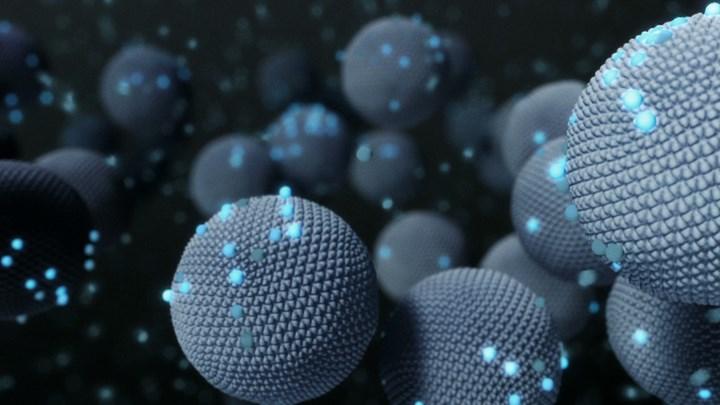 The Americas, Japan, and South Korea are some of the most advanced in nanotechnology research, pushing the boundaries of what is possible when it comes to the development of nanomaterials and their associated uses. Here are the leading countries in nanotechnology studies in the world:
The Americas, Japan, and South Korea are some of the most advanced in nanotechnology research, pushing the boundaries of what is possible when it comes to the development of nanomaterials and their associated uses. Here are the leading countries in nanotechnology studies in the world:1️⃣ America
 America has a long history of investing in and developing nanotechnology. The United States has a number of key strengths in this area, including highly developed research and development infrastructure, large and innovative private sector, and strong collaboration between academia, industry, and government. The U.S. government has played an important role in supporting the development of nanotechnology through initiatives such as the National Nanotechnology Initiative (NNI), which was established in 2001 to coordinate and fund nanotechnology research and development among multiple federal agencies.
America has a long history of investing in and developing nanotechnology. The United States has a number of key strengths in this area, including highly developed research and development infrastructure, large and innovative private sector, and strong collaboration between academia, industry, and government. The U.S. government has played an important role in supporting the development of nanotechnology through initiatives such as the National Nanotechnology Initiative (NNI), which was established in 2001 to coordinate and fund nanotechnology research and development among multiple federal agencies.America, like many other areas of technology, leads global responsibility and will be a key driver of future developments in nanotechnology.
2️⃣ Japan
 There are a number of Japanese companies operating in the nanotechnology space, including Canon, which has a strong presence in nanotechnology, focusing on areas such as nanomaterials, nanoelectronics and nanophotonics. Automaker Toyota has also made significant investments in nanotechnology, particularly in the development of advanced materials and energy-efficient technologies. Other leading Japanese companies in the field include Hitachi, Toshiba, NEC and Fujitsu.
There are a number of Japanese companies operating in the nanotechnology space, including Canon, which has a strong presence in nanotechnology, focusing on areas such as nanomaterials, nanoelectronics and nanophotonics. Automaker Toyota has also made significant investments in nanotechnology, particularly in the development of advanced materials and energy-efficient technologies. Other leading Japanese companies in the field include Hitachi, Toshiba, NEC and Fujitsu.3️⃣ South Korea
 South Korea has a number of top universities and research institutes that are actively involved in nanotechnology research. South Korea has a strong history of cooperation between academia, industry and government in this area. The South Korean government is also known to invest heavily in nanotechnology development through initiatives such as the National Nanotechnology R&D Program and the National Nanotechnology Coordination Center. South Korea is a major player in the global nanotechnology community.
South Korea has a number of top universities and research institutes that are actively involved in nanotechnology research. South Korea has a strong history of cooperation between academia, industry and government in this area. The South Korean government is also known to invest heavily in nanotechnology development through initiatives such as the National Nanotechnology R&D Program and the National Nanotechnology Coordination Center. South Korea is a major player in the global nanotechnology community.4️⃣ England
 The UK has a strong research and development foundation, with a number of universities and research institutes conducting pioneering research in nanotechnology. The UK government has also invested in the development of nanotechnology through initiatives such as the Nanotechnology Information Transfer Network (NanoKTN) and the National Nanotechnology Center (NNC).
The UK has a strong research and development foundation, with a number of universities and research institutes conducting pioneering research in nanotechnology. The UK government has also invested in the development of nanotechnology through initiatives such as the Nanotechnology Information Transfer Network (NanoKTN) and the National Nanotechnology Center (NNC).The UK has a number of key strengths in nanotechnology, including expertise in areas such as nanomaterials, nanoelectronics and nanomedicine. The UK is home to a number of leading companies in these fields and has strong collaborations with industry, academia and other research institutions.
5️⃣ France
 It has established a number of initiatives and programs to support the development of nanotechnology, including the National Nanotechnology Plan (PNANO), a national research program aimed at coordinating and promoting research and development in the field of nanotechnology in France. The French National Scientific Research Center (CNRS) is a government agency that funds nanotechnology research and development projects in the country.
It has established a number of initiatives and programs to support the development of nanotechnology, including the National Nanotechnology Plan (PNANO), a national research program aimed at coordinating and promoting research and development in the field of nanotechnology in France. The French National Scientific Research Center (CNRS) is a government agency that funds nanotechnology research and development projects in the country.In this guide, we have explained in detail what nanotechnology is, where it is used, with examples. In addition, we have listed the countries that carry out nanotechnological studies in the world, which is very curious.